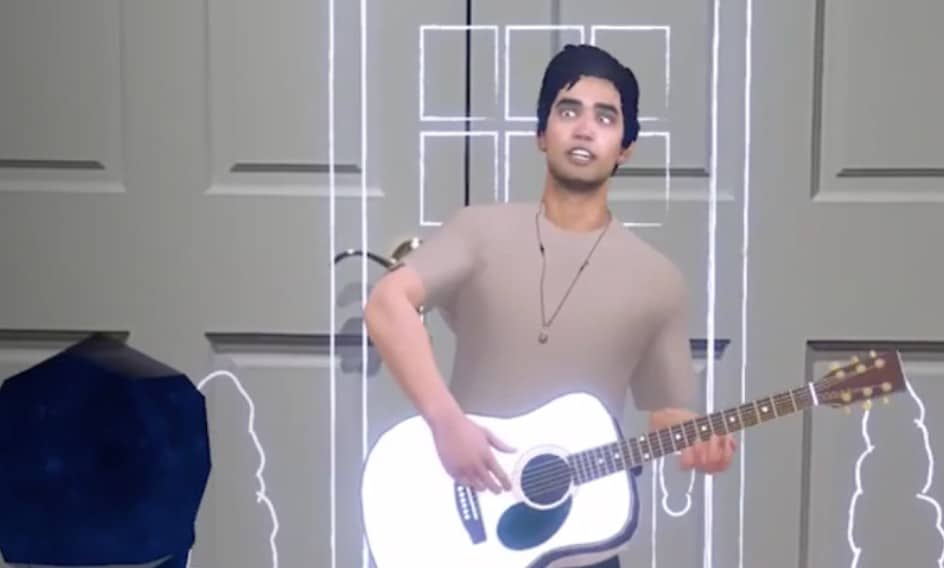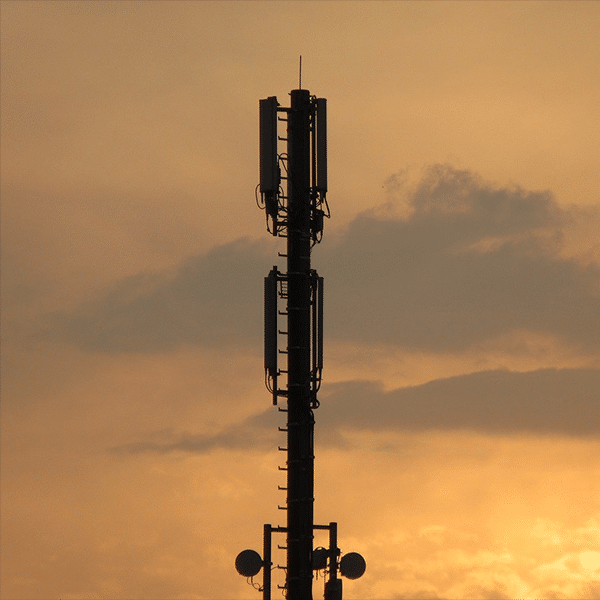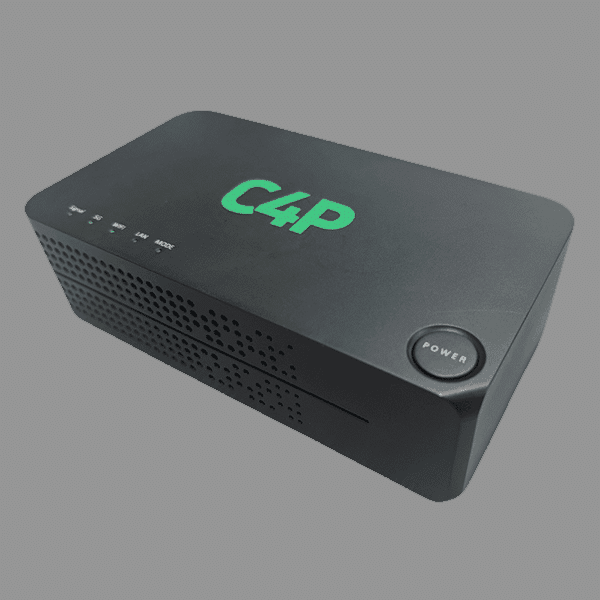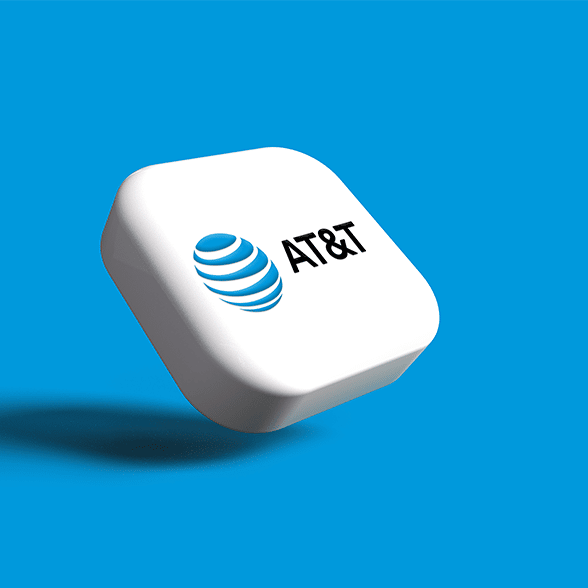Musician Axel Mansoor’s performance over the AT&T 5G network was a sophisticated meshing of music, 5G, live streaming, machine learning, edge computing, 3D and augmented reality.
AT&T worked with Ericsson on the demo, which enabled the singer/songwriter to interact with 10 fans – known as “Fansoors” — for about 20 minutes. From their homes, the fans used their phones to “hang out” with a live 3D virtual version of Mansoor. The interactions included walking, talking, dancing and sending emojis. The performance included song-themed animated scenes.
Mansoor participated from Ericsson’s D-15 Labs in Santa Clara, CA. The complex presentation was preceded by a live two-way 3D augmented reality test over smartphones by Ericsson and AT&T employees.
This is a precursor to holographic communications, AT&T said. “This next evolution of communication is another step closer to unpacking how 5G can enhance the way we communicate and enjoy entertainment,” David Christopher, executive vice president and general manager of AT&T Mobility said in a press release about the AT&T 5G music demo.
The press release mentioned the COVID-19 pandemic and the lack of live music as a driver of the performance. Verizon has embarked on similar music-themed applications for 5G. Verizon is partnering with Snap for augmented reality music performances.
Carriers and their ecosystems are spending billions of dollars on the technologies that make offerings such as the Verizon and AT&T 5G music demos possible. Demonstrations such as these serve two purposes. They help marketing departments understand what people want and whet subscribers’ appetites for the new services.
A lot of time and money is being spent on these issues. The 5G Open Innovation Lab (5G OI Lab) aims to develop, test and bring 5G use cases to market. It was founded in May by Intel, NASA and T-Mobile. A second example is the partnership between Dignitas, Verizon and Verizon 5G Labs on promotion of esports.



